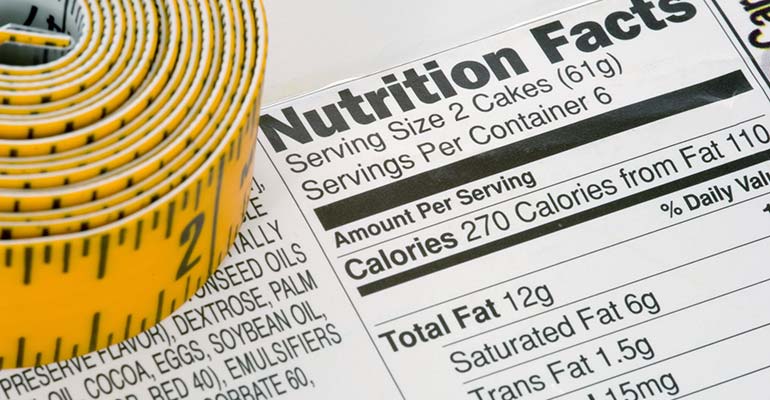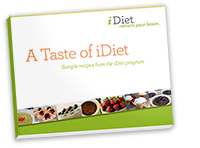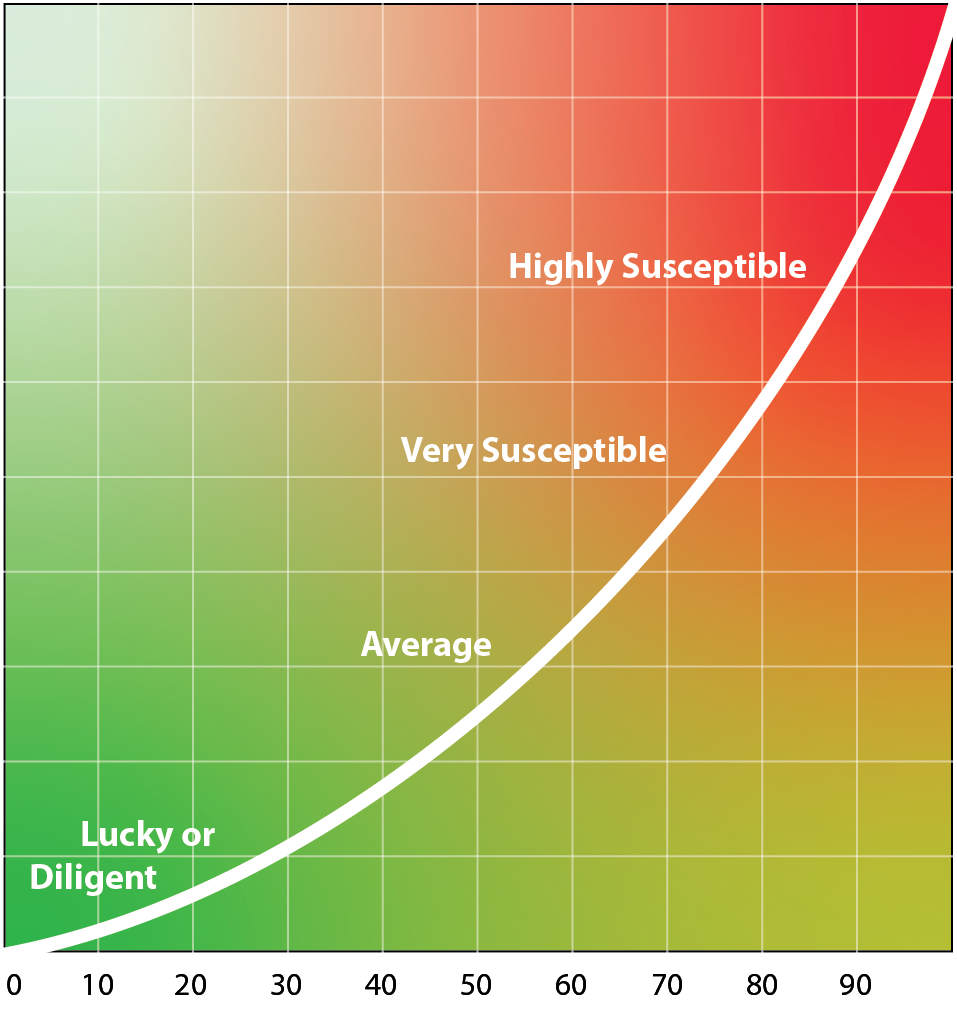Dieting Beyond the Calorie

Did you know a calorie is not always a calorie once it enters the body?
The calorie is a measurement of a unit of energy — the energy contained in food. And it’s at the heart of every weight loss strategy. Most people think of the calorie as an absolute measurement, but science is learning that the way our complicated bodies deal with calories makes counting them anything but scientific. The Gastropod podcast recently interviewed our Dr Susan Roberts on this topic. We encourage you to listen to the podcast or to read this excellent article.
Here are some of the juiciest facts we found while listening to the podcast.
Because of differences in measurement methods, the calorie count on every food package could be off by 10% or more. At restaurants, it’s even worse. After visiting over 40 US chain restaurants, Dr. Susan Roberts, the director of the Energy Metabolism Laboratory at the Tufts USDA Nutrition Center, and her colleagues discovered that a dish listed as having, say, 500 calories could contain 800 instead. It would be almost impossible for a calorie-counting dieter to accurately estimate their intake given this kind of variation.
Personal variations
And calorie count aside, how the body extracts usable energy from food can vary greatly from one person to the next. In fact, new research calls into question the validity of nutrition science’s core belief that a calorie is always a calorie, or that it’s possible to accurately predict how the body will processes and utilize any particular group of calories.
Our bodies sometimes extract fewer calories than the number listed on the label. For example, participants in one study absorbed around a third fewer calories from almonds than the nutrition facts data provided by the USDA. Alternatively, some people may also put on more weight than others from the same meal.
Cooking and Processing
The way food is handled also has highly variable effects. Cooking makes calories in food more readily available to our bodies, with different cooking techniques having different effects. This is fairly obvious for grains (think about eating raw oatmeal vs cooked, for example) but it’s also true for both vegetables and meats. Raw meats deliver fewer useful calories to the body than cooked, and cooked-but-rare meats are likewise less caloric than meat cooked well-done. (But don’t undercook your meats just to save a few calories! That’s dangerous.)
Also, the more processed a food is, the more calories it often can deliver to our bodies. An example would be a fresh apple vs applesauce. Flour — and the things made from it — turns out to be a particularly effective calorie-delivery device compared to a more intact grain such as wheat berries or steel-cut oats.
Processing a food can release more calories from the same amount, so go natural. Share on XThe time of day you eat can also blunt or enhance the calorie impact of foods. But among the most interesting work being done today is research into the effects of our gut microbiome on our health, metabolism, and weight.
Your billions of calorie helpers
The microbes in our intestines digest some of the fiber that our stomach’s gastric juices cannot break down, releasing additional calories in the process. But different species and strains of microbes vary in how effective they are at releasing those extra calories, as well as how generously they share them with their host human.
Research on mice suggests that different strains of intestinal microbes can help us gain or lose weight by freeing up different amounts of caloric energy from food, which is then absorbed through the intestinal wall and used by our bodies.
We have also seen a case of a normal-weight person who received gut flora from an obese donor. The microbe recipient started to gain weight irrespective of her caloric control. In other words, the bacterial transplant completely changed the way she extracted energy from food. Different medications can also inadvertently change our gut flora, raising or lowering our weight.
Ironically, although the calorie was first used to help ensure the ill and the poor received adequate nutrition, today in countries like the USA, it’s more often used to help us limit our intake of the bounty provided by the food industry.
Beyond the Calorie
One thing a dieter can do is ignore the calorie in favor of a more comprehensive approach. Like satiety, for instance. Picture a 300-calorie slice of cheesecake: it is going to be small, because it’s so dense. So after a brief time “you’re going to feel very dissatisfied with that meal,” says Susan Roberts. If you eat 300 calories of a chicken salad instead, with nuts, olive oil and roasted vegetables, “you’ve got a lot of different nutrients that are hitting all the signals quite nicely,” she says. “So you’re going to feel full after you’ve eaten it. That fullness is going to last for several hours.”
As a result of her research, Dr. Roberts has created a weight-loss plan that focuses on good nutrition, healthy habits, and hunger-controlling satiety rather than a straight calorie count. The idea — proven in several peer-reviewed published studies — is foods that help people feel satisfied and keep them full longer will prevent them from overeating or snacking between meals. Whole apples, white fish, high-fiber foods, and Greek yogurt are on the iDiet list of the best foods for keeping hunger at bay. Dr. Roberts also has a proprietary formula for finding the most hunger-suppressing foods, and that formula is one of the success factors in her iDiet program.
iDiet's proprietary formula for finding hunger-suppressing foods helps you succeed. Share on XThere’s evidence to back up this idea: in one of her most famous published studies, Dr. Roberts and colleagues found that people lost three times more weight by following her iDiet “satiety” plan compared with a traditional calorie-based diet — and kept it off. They also found that good adherence to the iDiet plan in the first few weeks of the program resulted in measurable changes to food preferences — swapping healthy foods for junk-food cravings. This was proven by fMRI brain scans, and is the first and only scientifically-documented instance of a diet program changing food preferences and cravings.
High-fiber diets are linked to better overall health as well as healthy weight. Share on XNot mentioned in the podcast, but related to the promising research into the microbiome: high-fiber diets are linked to lower body weights, as well as better cardiovascular and gut health*. The iDiet program is such a high-fiber plan.
You can read the full article and listen to the Gastropod podcast here:
http://mosaicscience.com/story/why-calorie-broken
http://gastropod.com/the-end-of-the-calorie/
* http://www.mdpi.com/2072-6643/5/4/1417/htm
Register Today
Choose the program that’s right for you.

 Yes! I want to receive a 38-page cookbook, and be informed of upcoming classes. No obligation, instant download.
Yes! I want to receive a 38-page cookbook, and be informed of upcoming classes. No obligation, instant download. 